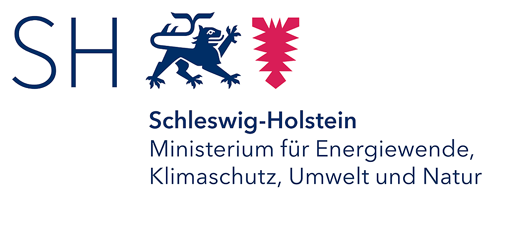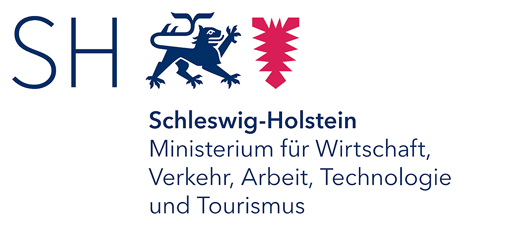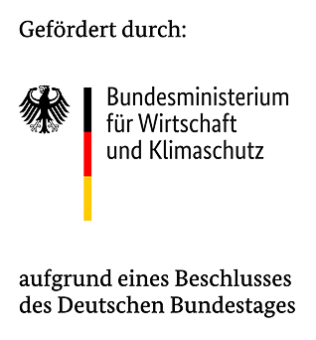Project description
Project background
Climate change is one of the greatest challenges facing humanity. The countries of the Paris Agreement undertake to limit the global temperature increase to 1.5 degrees Celsius if possible, but in any case to well below two degrees Celsius compared with the pre-industrial era. To achieve this, industrialized and emerging countries must significantly reduce greenhouse gas emissions. In the European Union, member states have committed to climate neutrality by 2050. The mobility sector in particular is therefore under massive pressure to act. In addition, the volume of freight traffic will continue to increase in the coming years. In Germany, the transport sector is responsible for around 20% of greenhouse gas emissions, with 146 million metric tons ofCO2 equivalents(2020). Rail, as the more climate-friendly option for freight transport, has not been developed extensively enough to accommodate the increasing freight load. Approaches to avoid, shift or optimize freight transport are therefore only suitable to a limited extent to lead to the necessaryCO2 savings. An alternative is therefore needed with which freight transport can be made climate-neutral efficiently and promptly using renewable energy. The development of new technical solutions and their testing is therefore essential.
Project idea
One solution approach for climate-neutral freight transport is the eHighway. The idea of the eHighway is to establish an almost loss-free, direct energy supply for the vehicles via overhead lines. The overhead line provides both the energy for traction and the charging current from renewable energy sources for the trucks. Pantographs, or current collectors, are used to supply power to the trolleybuses. While driving, the electric drive can be supplied with power and the batteries can be charged to cover distances that have not been covered. The electric drive can be combined with other drive solutions – hybrid solutions are possible in the future, for example. also conceivable with PtG/PtL. After the German government’s Council of Experts rated the basic concept as promising in 2012, the technology was developed along the lines of trolleybuses and streetcars in various research projects (including ENUBA, ELANO).
Three videos from the Federal Ministry of Economics and Climate Protection (BMWK) provide more information.
Video 1: Climate-friendly routes for heavy-duty trucks
Video 2: Alternative drives for heavy-duty trucks in comparison
Video 3: Climate-neutral freight transport overcomes borders
Field trial eHighway in Schleswig-Holstein (FESH)
The eHighway field trial in Schleswig-Holstein (FESH) is one of the pilot projects for electrically powered overhead trucks. A 5 km long overhead contact line test section was built on the A1 federal highway between Reinfeld and Lübeck in both directions of travel. Until the end of 2024, five trolley trucks from the Bode freight forwarding company and possibly other freight forwarders will be commuting here and collecting data for science in real operation.
The aim of the field test is to be able to evaluate the overhead contact line system technically, ecologically, economically and from the point of view of traffic, in order to provide policymakers with a basis for decisions on possible expansion. Various research institutions are accompanying the practical operation of the overhead contact line system with scientific studies. The main areas of research include the observation of the vibration behavior of the overhead contact line, contact wire lift and mechanical wear, and ultimately the development of network expansion strategies. Avifauna studies will provide insights into the potential impact of the overhead line installation on the bird species present. The collection and analysis of real process data serve various model calculations regarding the ecological and economic effects. In addition to the pure CO₂ balancing of heavy goods traffic, an overall balancing, which includes the construction and operation of the infrastructure, is also drawn up. In addition, the development of new logistics concepts as well as operating and operator models should promote the fundamental acceptance of the system.




